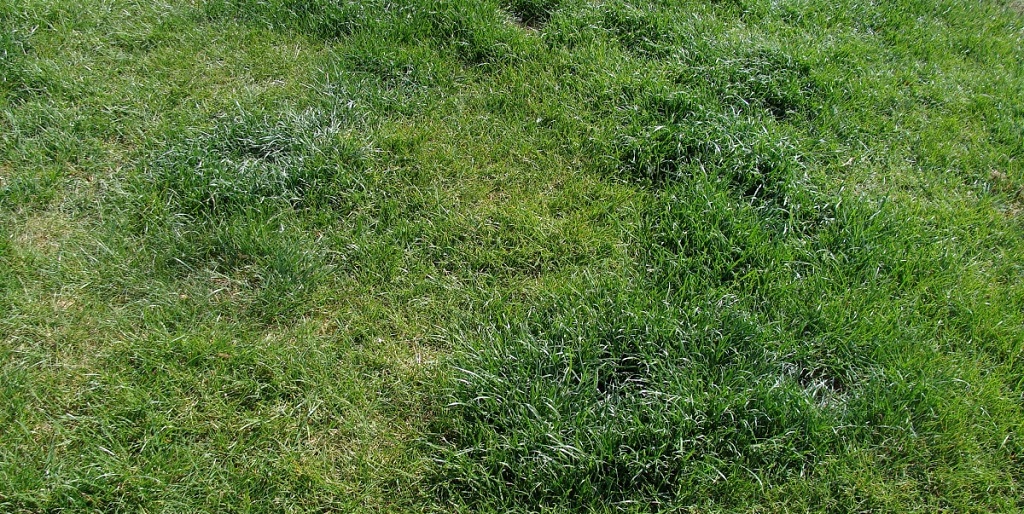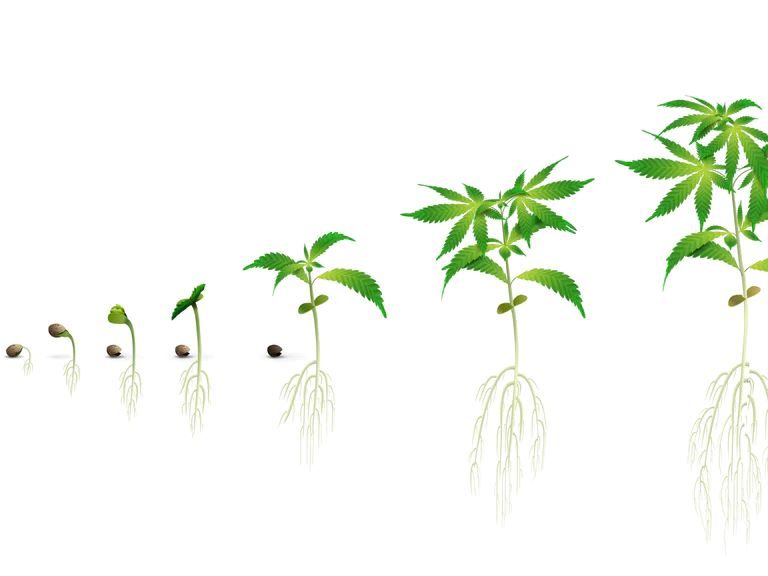What’s the Cause of Damage to Your Lawn?

Mole crickets are common lawn pests in warmer climates. They tunnel under the turf and feed on grass roots. They especially damage bahiagrass and bermudagrass in this part of the country.
Their nymphs, or small crickets, start feeding in late spring. So,/ it’s essential to control them before they get larger and more complex.
Causes
Mole crickets can damage turf grass in the warmer parts of the United States, including those along the southeastern coast. These insects dig tunnels that uproot grass plants and dry them out.
They also leave scarred, elevated burrows on the topsoil. This can cause soil to loosen and uproot grassroots, leading to brown patches in the lawn.
The nymphs, or young mole crickets, are most destructive to your lawn, so treating them before they can cause significant damage is crucial. The best time to treat them is in the early spring when they’re still immature and small.
Treatments are available in liquid ready-to-spray and concentrate forms that work up to three months after application, ensuring you can enjoy your lawn again without worrying about pests disrupting the growth cycle. The ideal treatments deliver robust, subsurface-reaching control that targets the little diggers where they live and expand your coverage window as nymphs hatch and start to feed.
Symptoms
When you notice tunneling in your turf grass, it’s likely a sign that mole crickets are present. These insects are commonly found in sod farms, home lawns, and golf courses.
They tunnel close to the surface of the soil and cause grass roots to become disconnected from the turf. Eventually, the grass will die from dehydration and damage.
There are several ways to control mole cricket damage in your yard. One way is to use biocontrol, a natural, safer approach for people, pets, and livestock.
Biological control involves using predator organisms such as parasitoidal wasps, tachinid flies, or parasitic nematodes that feed on and kill mole crickets. Using these species can prevent damage in the spring or fall and provide long-term control of pest populations.
Treatment
Mole crickets live in various soil types and can damage turfgrass, flowers, and plants where they tunnel. Their burrowing creates deep holes in the soil, and extensive tunneling can cause desiccation.
In addition to tunneling, mole crickets can eat the roots of the grass. This can cause a variety of problems, including nutrient loss and deterioration.
Treatment for mole cricket damage depends on the stage of the insect and the season. Chemical control is generally best used when young nymphs hatch in the spring, but insecticide applications should also be considered at other times of the year.
The most effective mole cricket control combines insecticides and beneficial nematodes that attack adult mole crickets. This is a more ecological approach to the problem and is more environmentally friendly than pesticides.
Prevention
Mole crickets can be controlled with a variety of biological controls. These include predator insects, such as crabronid wasps, tachinid flies, and nematodes.
Applying these control agents in the spring or fall to eliminate adults can reduce tunneling, but following up with nymph treatments in early summer is essential to avoid recurrence.
The best time to apply chemical pesticides is during June and July, as turfgrass damage is minimal and mole cricket nymphs are still immature. The timing of this treatment will depend on soil temperature and moisture.
If you prefer a natural approach, try introducing beneficial nematodes into the soil. Nematodes infect and kill crickets from within. This measure may take a while to show results, but it’s effective and environmentally friendly. This method also helps protect the surrounding plants and grass. It’s an excellent option for homeowners who don’t want to use chemical insecticides.
















+ There are no comments
Add yours